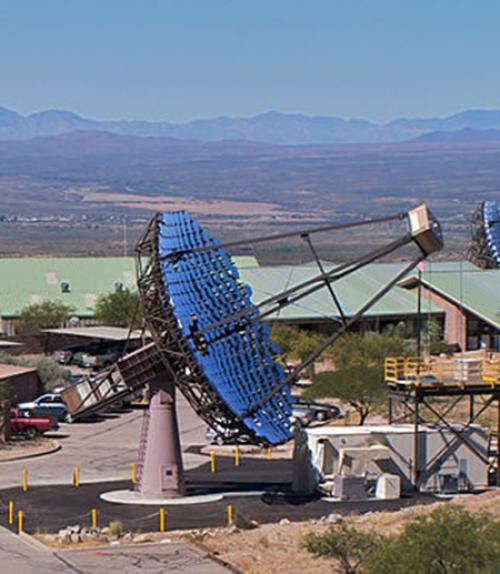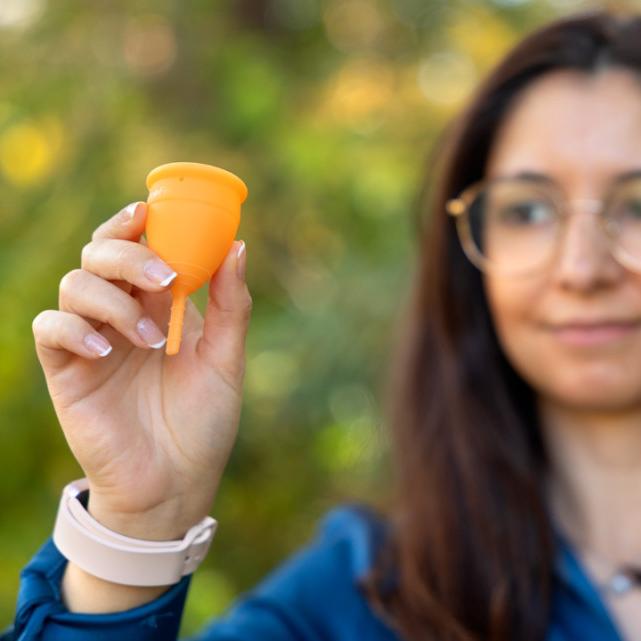
 Department Homepage
Department Homepage
Grad student helps combine old technique, modern tech to bring details to stars
An incoming Cornell graduate student in astronomy is involved in recently-published work that may reinvigorate an older method of measuring the angular size of stars, using new technology and computing capability.



